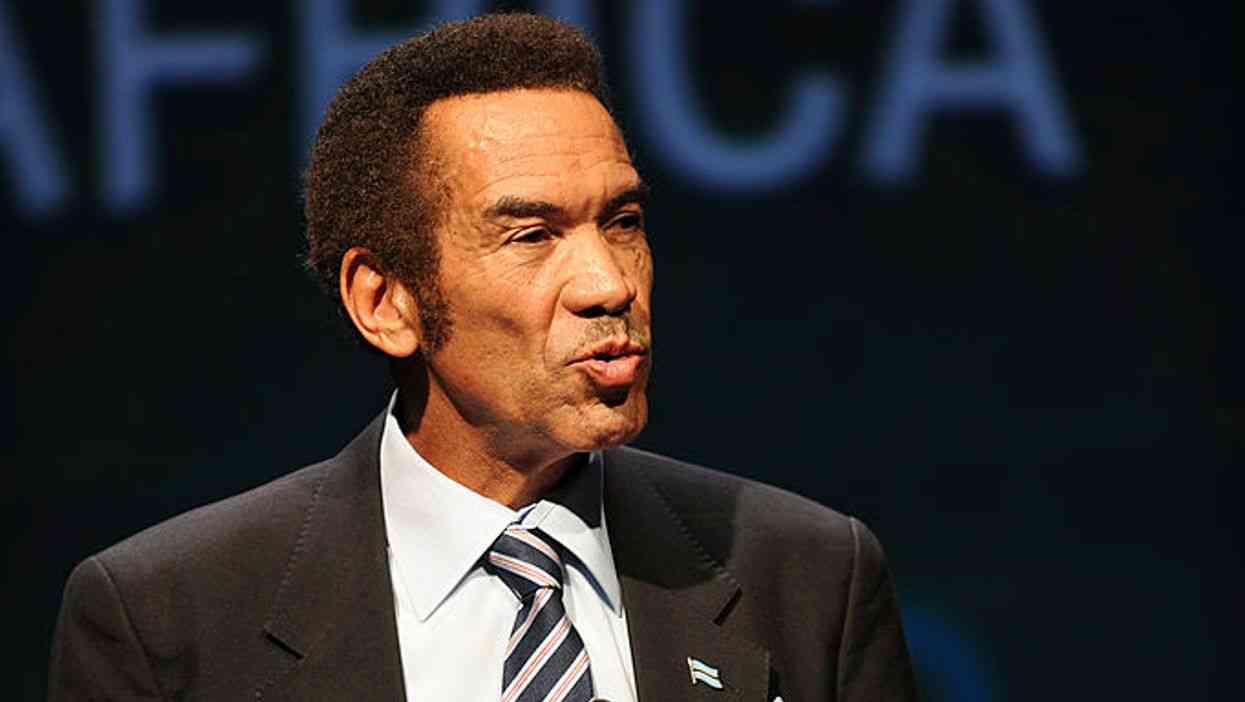
“All I wanted was an education. I was a girl with big dreams and I scrawled them down on a piece of paper and stashed them under a rock,” said one-time child bride Tererai Trent who had three children by the time she was 18 years old.
BY PHYLLIS MBANJE
Her extraordinary story grabbed the attention of millions across the world when she first appeared on Oprah Winfrey Show narrating how she grew up in the poverty-ridden rural areas in Zimbabwe where she got married off at a very tender age.
Trent however is one of the lucky ones who managed to break away, but millions of child brides across the world, Zimbabwe included, are still trapped with no hope of pursuing their education.
One of them, 19-year-old Loveness Mudzuri from Glenview 8 was not so lucky. With two little children and a husband to look after, her chances of going back to school are remote.
“I fell pregnant when I was only 15 years old and doing my O’ Levels. I disguised it [pregnancy] by wearing a jersey everyday so that I could attend school,” she said.
Although she managed to write her examinations, she did not fare as well as she had hoped.
“I could not concentrate in class and felt like sleeping all the time. I shunned most of my friends because I was afraid they would find out about my condition,” she recalled.
- Chamisa under fire over US$120K donation
- Mavhunga puts DeMbare into Chibuku quarterfinals
- Pension funds bet on Cabora Bassa oilfields
- Councils defy govt fire tender directive
Keep Reading
Child marriage has widened the gender gap in education, with more boys managing to complete their studies than their female counterparts.
According to an analysis of the 2014 A-Level results done by the Zimbabwe School Examinations Council, although female students fared much better than males their number was less than that of their counterparts. In public schools, females who wrote two or more A-Level subjects were 13 139 versus 17 476 for boys, clearly showing the gender gap which is worse in rural areas where child marriages are most prevalent. The director of a youth rights lobby group, Real Opportunities for Transformation Support (Roots), Beatrice Savadye said during their campaign dubbed Not Ripe For Marriage which was conducted in the communities of Seke and Nzvimbo they noted the gender gap in education.
“We have noted that in instances where a young girl is impregnated by a young boy whilst they are still in school, the girl is forced to drop out of school and assume the wifely and daughter in-law duties while the boy child continues with education,” she said. This, said Savadye, further perpetuated the cycle of poverty and the young women continue to be socially and economically disempowered.
“We have seen that child marriage is very rampant in mining and farming communities [makomboni] where poverty is the major key driver,” she said.
Their consultations also revealed that young girls were coerced into marriage by older men who have money from mining activities. “Girls from these communities also marry early as they lack exposure and role models to emulate,” Savadye said.
Gender and women’s rights expert Virginia Muwanigwa, who is also director of Humanitarian Information Facilitation Centre (HIFC), said fewer girls were enrolled at tertiary institutions.
“Child marriage does lead to a situation where girls that finish higher and tertiary education are fewer than boys and in turn less qualified for employment and other opportunities in their adult lives,” she said.
This is despite statistics showing that there is parity at enrolment in primary school in Zimbabwe.
In an interview with Asia Society in June last year, Trent — who was given $1,5 million to build a school in her village — said education was key to the future of every child , girls included.
“Education will provide all children with tools to master a higher quality of life. The benefit to girls is particularly important, as studies have shown that every additional year that a girl remains in school progressively reduces her likelihood of contracting HIV and Aids, dying in childbirth, or living in poverty,” she said.
Meanwhile, research has suggested that child marriages occur more frequently among girls who are the least educated, poorest and living in rural areas.
According to a 2011 report by the Zimbabwe National Statistics Agency, women aged 20-24 years and living in rural areas were about twice as likely to be married or get into such unions before the age of 18 years compared to their urban counterparts.
Further study says 33% of women aged 20-24 with no education and 55% with primary education were married or in union at the age of 18 years.
Zimbabwe is among other African countries with the highest child marriage prevalence rates in the world.
According to statistics, on average one out of three girls will be married before their 18th birthday. In 2011, about 31% of the women aged 20-24 were married or in a union before they turned 18 years.










